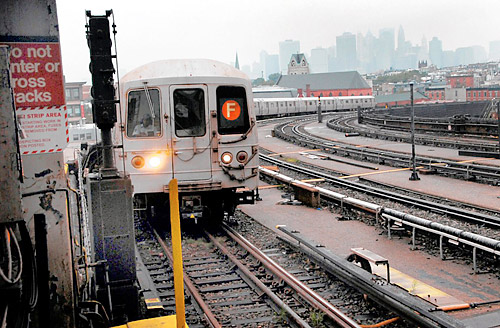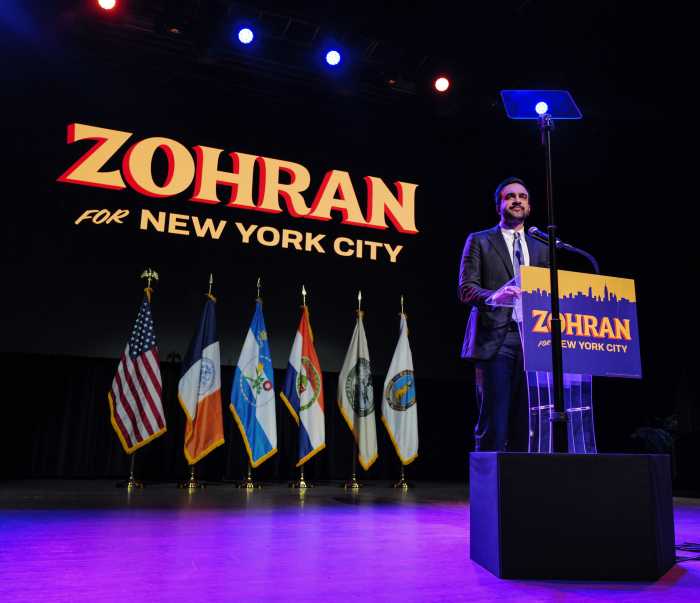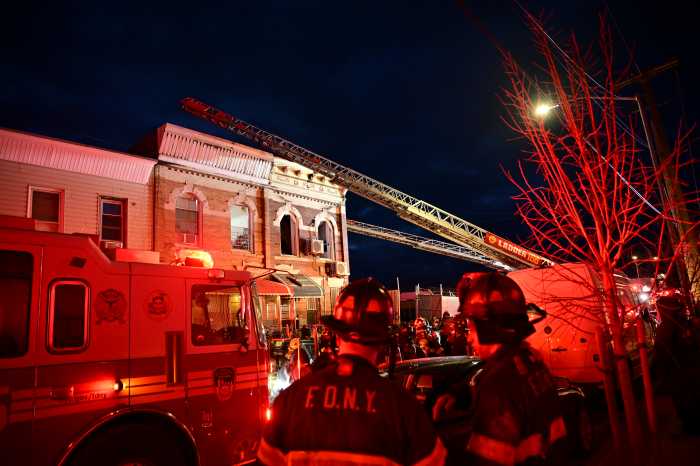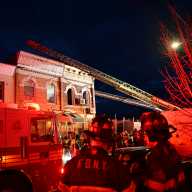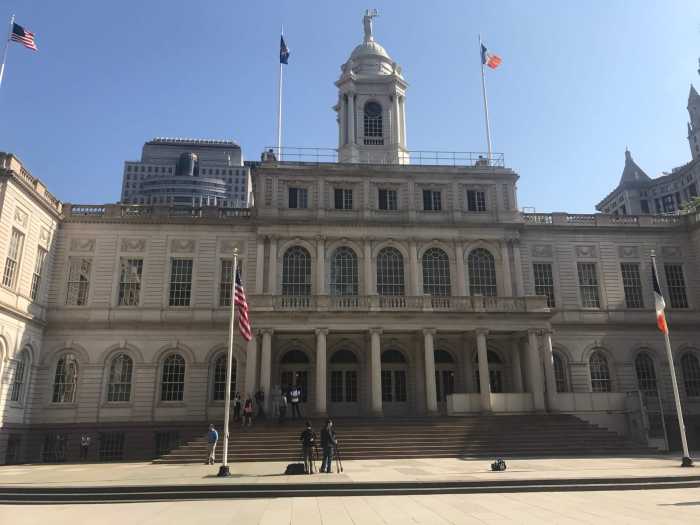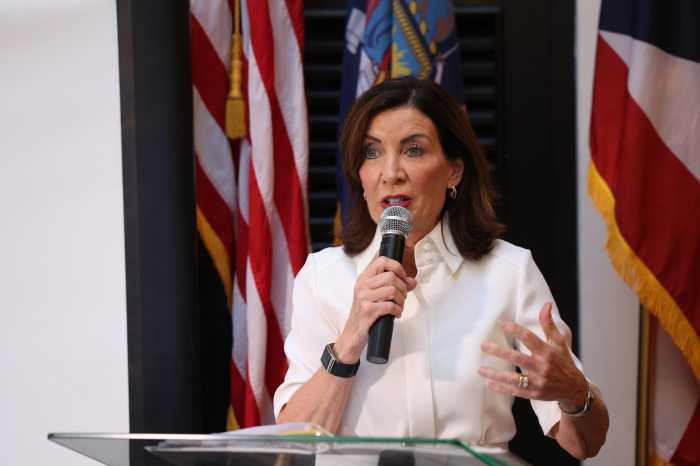The F train gets an F.
The subway line experienced more delays than any other during the first 10 months of last year, according to a Straphangers Campaign study released Wednesday.
The study also said that the G train, known as the Brooklyn Local, had the fewest delays of the 20 lines reviewed.
“We’re seeing an increasing number of delays attributed to the track, which is a mechanical problem,” said Cate Contino, the coordinator for the Straphangers Campaign. “It shows there’s a lot of work to be done in the system.”
The transit advocacy group based its findings on an analysis of the electronic alerts that the Metropolitan Transportation Authority sends out to subscribed riders. These alerts are sent immediately via e-mail or text message when the agency determines a delay on a specific line or the possibility of a delay.
The Straphangers Campaign only analyzed delays it deemed the MTA could control — such as track, switch, mechanical, and maintenance issues — instead of delays out of the agency’s hands, such as sick riders, or police and fire investigations.
Of the 2,669 transit authority alerts sent during the first 10 months of 2012, the report said that the F train accounted for 8 percent of the delays, while the G train made up only 1 percent of the total.
The data didn’t track the duration of the delays, so the subway advocacy group was unable to determine the severity of each postponement.
Last year, prior to Hurricane Sandy, delays increased 10 percent, compared with the same time period in 2011, the study reported. For the three months after the Oct. 29 super storm, subway delays jumped 29 percent.
MTA spokesman Charles Seaton said that solely using the alerts does not provide an accurate evaluation of service on the system’s lines.
“The Straphanger Campaign’s use of the MTA’s e-mail Service Alert as a barometer of individual subway line performance does not paint a full picture of service issues,” said Seaton in a statement. “However, it does serve to highlight one of the efforts in place to keep our customers informed.”
Yet, even the MTA’s own assessment report seemed to acknowledge the F train’s tardiness. That report stated that between March 2012 to February 2013 the F train’s on-time rate was 74.2 percent, versus the G train’s 83.2 percent.
Still, one avid F train rider said that the study does not add up.
“I can’t complain,” said Jena Battaglia of Kensington, who lives off the Fort Hamilton stop. “The F train comes like every five minutes during my morning commute – it’s always on time.”
One possible solution for perpetually late F train riders is a recent announcement that the MTA is considering implementing express service on the line that would whiz between Downtown and Coney Island.
Reach reporter Natalie Musumeci at nmusumeci@cnglocal.com or by calling (718) 260-4505. Follow her at twitter.com/souleddout.


